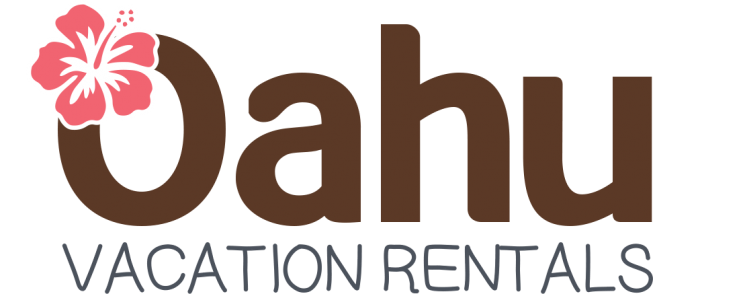The Big Island does not have the dense, miles-long tourist areas like Kaanapali, LaHaina and Waikiki, although you’ll find that there really are a great many resort hotels stretched mainly along the western shore (the windward side of the island). The primary concentration of resorts is in the Kohala District north of Kona. It is easily reached by driving north from the Kona Airport about 20-30 minutes. You’ll feel like you were on Maui, with master-planned hotel and shopping/dining centers, landscaped parkways, etc. There are major hotels in Kona as well. so Hawaii island has what most of the other islands offer, in one place.
The upper elevations of the island are particularly desirable for residential neighborhoods. If you’re spending the day on the beach, the heat is part of the tropical experience. But if you’re a local, it is nice to have a cool breeze blowing across your lanai at sundown. For this reason, some of the nicest Hawaii land for residential use is found either right down on the beach, or up the mountain at say 1,000 feet or so. The residential neighborhoods at the upper elevations often offer beautiful coastline views.
Kailua-Kona and Hilo are large enough to have real shopping centers, malls, theatres, sports complexes, etc. Of course, the leisure events tend to draw people to the nearby coastline; surfing is a regular pasttime for kids during their time away from school.
Another advantage of Hawaii island is that you can drive up into the hills and be immersed in coffee and macadamia nut orchards and other rural land uses. Many coffee farmers have relatively small orchards of say 5 to 50 acres. A number of local companies process coffee and produce their own brands, often with very clever names.
Hilo lies on the leeward, or wet side of the island. It is the county seat, home to government offices as well as a nice residential community. it is an older town, with many buildings well over 60 years of age. It rains pretty much every day on the Hilo side; on the drive over from Kona is where you will find wonderful tropical forest and isolated beaches. One gets used to the downpours, and mere minutes after a deluge the sun will be out and the billowy clouds floating off into the distance. (The east side of the island offers some of the atmosphere found in Hana on Maui, without the hundreds of turns in the highway.)
More of the business and commerce aspects of life are handled in Hilo. Kona and Kohala to the west are the center of the tourist trade. It appears that the western side of the island has been the hardest hit from the economy, as tourists have cut back considerably on their travel budgets. Cruise ships visit both Hilo and Kona harbors however, often coming down from spending time at Oahu. Both towns are often the destinations for hundreds of ship passengers as they spend a day off the ship. There are quite a few companies that offer day trips to cruise customers.
The recession has hit Big Island real estate pretty hard, since around 2006 or so. This is also true of Hawaii land, as well as improved homes. This is a great time to buy or build your dream retirement or vacation property. Most of those properties are on the Kona side, although if you love a wetter tropical environment for your time in Hawaii, then Hilo or one of the other leeward towns is for you. As the mainland and world economies warm up a bit, people will again realize that Hawaii is a great place for a safe, restful/active vacation. Property values will begin to climb over the next year, so buyers interested in Hawaii land should not delay too much longer.
Michael Key has written extensively for 30 years on a wide variety of topics. For more information on Hawaii land and especially the Big Island, visit the OomaPlantation.com website.
There is a lot more information about visiting and buying Hawaii land at the O’oma Plantation website.
